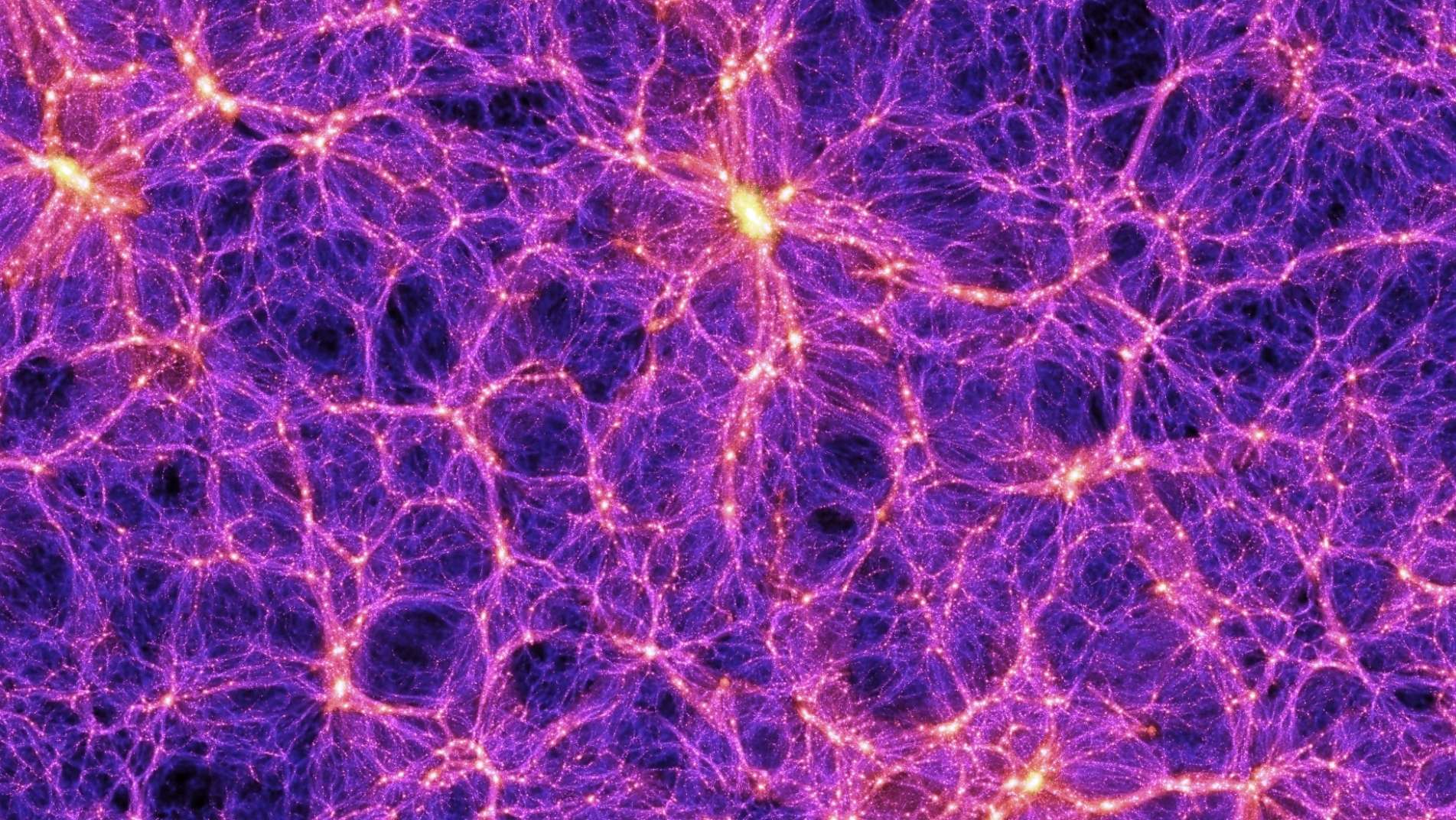
It is often said that it was Edwin Hubble who discovered the expansion of space, confirming the predictions of Einstein’s theory of general relativity. But in reality, the reality is a little different. What Hubble did was clearly show that there is a relationship proportional to a constant between the spectral redshifts of galaxies and their distances from the Milky Way. For him, an excellent observer but by no means a theorist, this shift was a simple Doppler effect.
In fact, it was Georges Lemaître who not only discovered the law with the constant that today is called Hubble-Lemaitre before Hubble, but he understood and showed that this law was the result of the photon’s wavelength being stretched during its journey to our detectors on our planet. Telescopes. The longer this journey takes, the more time the space has to expand. We can also show that this constant, which is in some way a measure of how quickly the observable universe is expanding, at a given moment in its history varies with time.
By observing fossil radiation, the oldest light in the universe, the Planck satellite has provided us with data that identifies a potential solution to cosmology’s equations. We deduce the laws of evolution for the Hubble constant, allowing us to calculate the constant we observe today.
Two different measurements of the speed of the universe’s expansion
For several years there has been a growing tension, cosmologists say, between this value predicted from Planck’s carefully analyzed data and the measurement of the Hubble-Lemaitre constant deduced from the study of supernovae over the past billions of years, a study that led to the discovery of accelerating expansion since That time of the visible universe.
We do not know very well how to explain this disagreement, since both methods have been carefully examined and appear to be reliable and error-free (however, we recall that the same was thought of data that seemed to prove that neutrinos can move faster than light). ).
In this video, Nobel Prize winner Dr. Adam Ries explains the phenomenon known as “Hubble tensor” and the importance of this mystery to our understanding of the universe. For a fairly accurate French translation, click on the white rectangle at the bottom right. The English translation should appear next. Then click on the nut to the right of the rectangle, then on “Translations” and finally on “Translate automatically.” Select “French”. © NASA Goddard Space Flight Center
Going forward, we may need to better understand the nature of the acceleration of expansion, and to do that we may bring in new physics. Technically, we’ll need to understand the physics behind Einstein’s famous cosmological constant which is actually the thing we’re talking about when we talk about dark energy.
Some (such as astrophysicist Thomas Buchert) have proposed and shown that Einstein’s constant could naturally arise if the universe, even when observed on a sufficiently large scale, beyond a few hundred million light-years, still cannot be considered a homogeneous, isotropic fluid. Of matter. Galaxies, unlike what we think we know. However, in general, the scientific community believes that we cannot reproduce the magnitude of the observed acceleration in this way.
It is interesting to note that an article was recently published in Monthly Notices of the Royal Astronomical Society (MNRAS), a copy of which can be accessed for free at arXiv It addresses the idea that our universe is less homogeneous than we think. Although it still does not fully explain the acceleration of its expansion, the assumption that our Galaxy is located roughly at the center of a region of low matter density in the universe (a kind of bubbles of vacuum like the ones we know are entangled) (by filaments of galaxies and clusters of galaxies), It is possible to eliminate the famous Hubble jitter and reconcile all the observations.
Well, almost, because for this the researchers also used Mound’s theory, an alternative to the dark matter theory that assumes the presence of particles that are still unobserved on Earth or in space in detectors. Mond modified Newton’s laws of celestial mechanics, including the theory of gravitation and the law of particle mechanics.
A cosmic bubble incompatible with the standard cosmological model?
The article proposing this solution to the Hubble tension puzzle might make you wonder. The team behind it includes the names of researchers known for their work supporting the Mond theory, which was proposed by Israeli physicist Mordehai Milgrom in the early 1980s.
There is Pavel Krupa from the Helmholtz Institute for Radiation and Nuclear Physics at the University of Bonn in Germany, but above all Indranil Banik from the University of St Andrews (UK). Or, this is the most recent article published by the co-authors on the site, which is a useful update of the théorie Monde from the données of the astrométriques of the mission Gaia of the ESA monitors the double toilets in the trail. Milky Way. The future will return soon in another article on this issue.
In a Bonn University press release, Pavel Krupa explains that the sub-density bubble was postulated by him and his colleagues (there is evidence of its real existence with the so-called KBC vacuum). KBC is invalid or Local hole – Named after astronomers Ryan Keenan, Amy Barger, and Lennox Coy who studied it in 2013 (and it turns out that the Milky Way is not very far from its center), whose contents are attracted to the more densely distributed material surrounding this bubble, it has a size and properties that do not appear to be very far from its center. Compatible with standard model. What seems certain is that we can reproduce it naturally in cosmological simulations, if we replace Newtonian gravity with Milgrom gravity, which accelerates the formation of galactic structures.
For a fairly accurate French translation, click on the white rectangle at the bottom right. The English translation should appear next. Then click on the nut to the right of the rectangle, then on “Translations” and finally on “Translate automatically.” Select “French”. © Cosmology Talks
In fact, Indranil Panik, Moritz Hasselbauer, and Pavel Krupa had already proposed years ago some of the ideas discussed today within the cosmological paradigm It depends on MOND but also on a small component of hot dark matter In the form of what we call sterile neutrinos, which made it possible to solve many problems of the standard cosmological model, such as the existence of the KBC vacuum and the Hubble tension, as we see in the video above.






